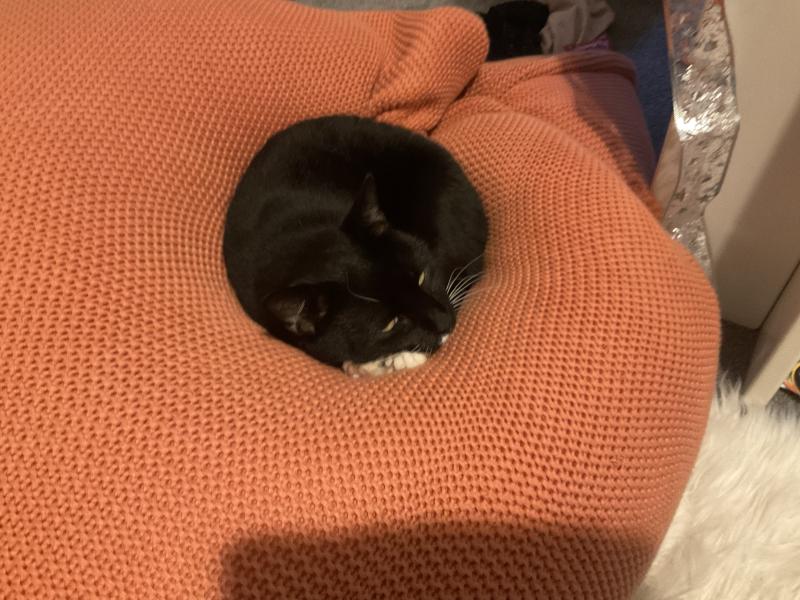RossKean
Well-known member
Way off topic, but...
Anybody watching this stuff? Christmas Day launch. Will be halfway (distance) to its new home by this evening (6.5 days) but the full journey to the Lagrange L2 point at around 1.5 million km (~1 million miles) takes around 29 days (JWST is currently almost double the distance between Earth and the Moon).
Mission has been almost perfect so far and the JWST has used less fuel than expected during trajectory corrections which means the telescope could outlive its projected ten year lifespan. (In the absence of a mechanical or electronic failure, end-of-life comes when it is out of fuel for maneuvering to stay "on-station".) Several critical deployments have been made successfully so far and the sunshield and mirror itself are scheduled over the next week.
Where's Webb? - Link
I watched most of the launch program on Youtube (2 Hr. +)
(You can skip through the boring parts...)
Anybody watching this stuff? Christmas Day launch. Will be halfway (distance) to its new home by this evening (6.5 days) but the full journey to the Lagrange L2 point at around 1.5 million km (~1 million miles) takes around 29 days (JWST is currently almost double the distance between Earth and the Moon).
Mission has been almost perfect so far and the JWST has used less fuel than expected during trajectory corrections which means the telescope could outlive its projected ten year lifespan. (In the absence of a mechanical or electronic failure, end-of-life comes when it is out of fuel for maneuvering to stay "on-station".) Several critical deployments have been made successfully so far and the sunshield and mirror itself are scheduled over the next week.
Where's Webb? - Link
I watched most of the launch program on Youtube (2 Hr. +)
(You can skip through the boring parts...)

































































